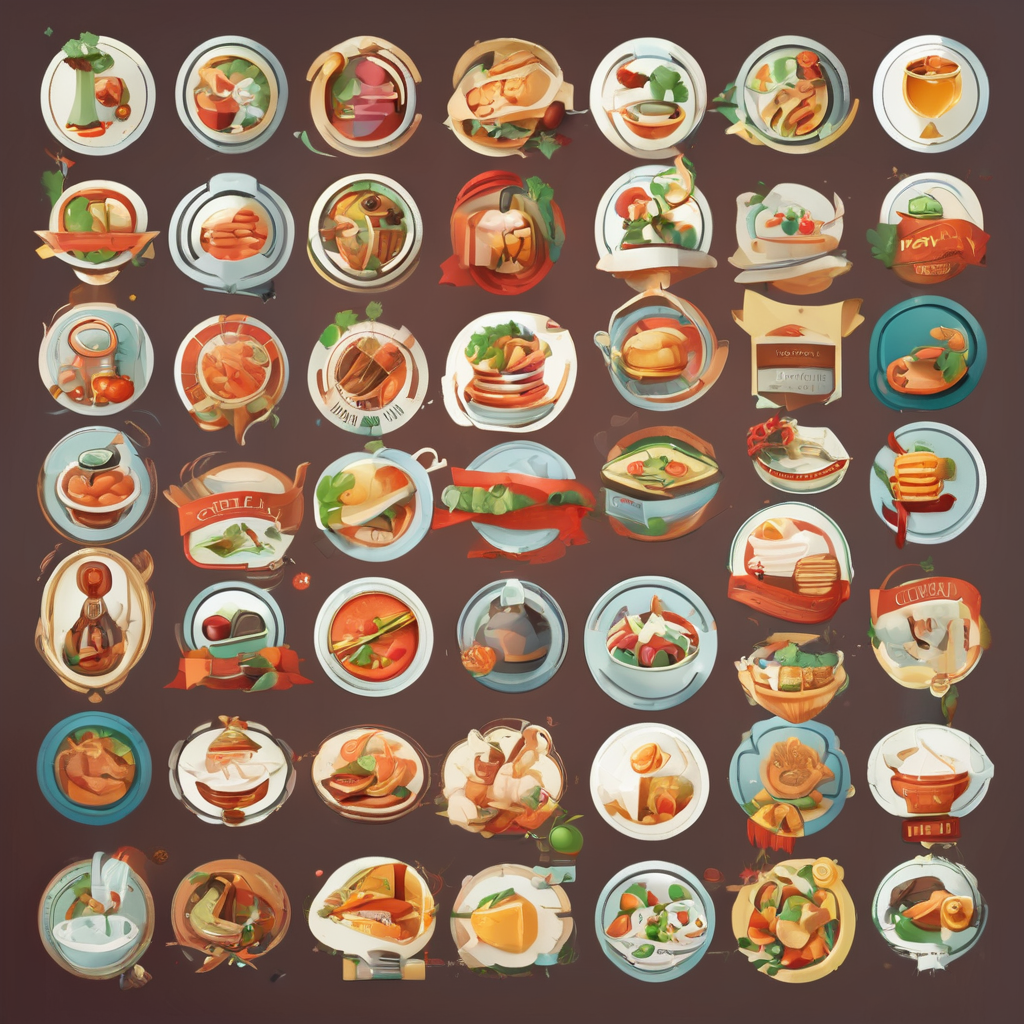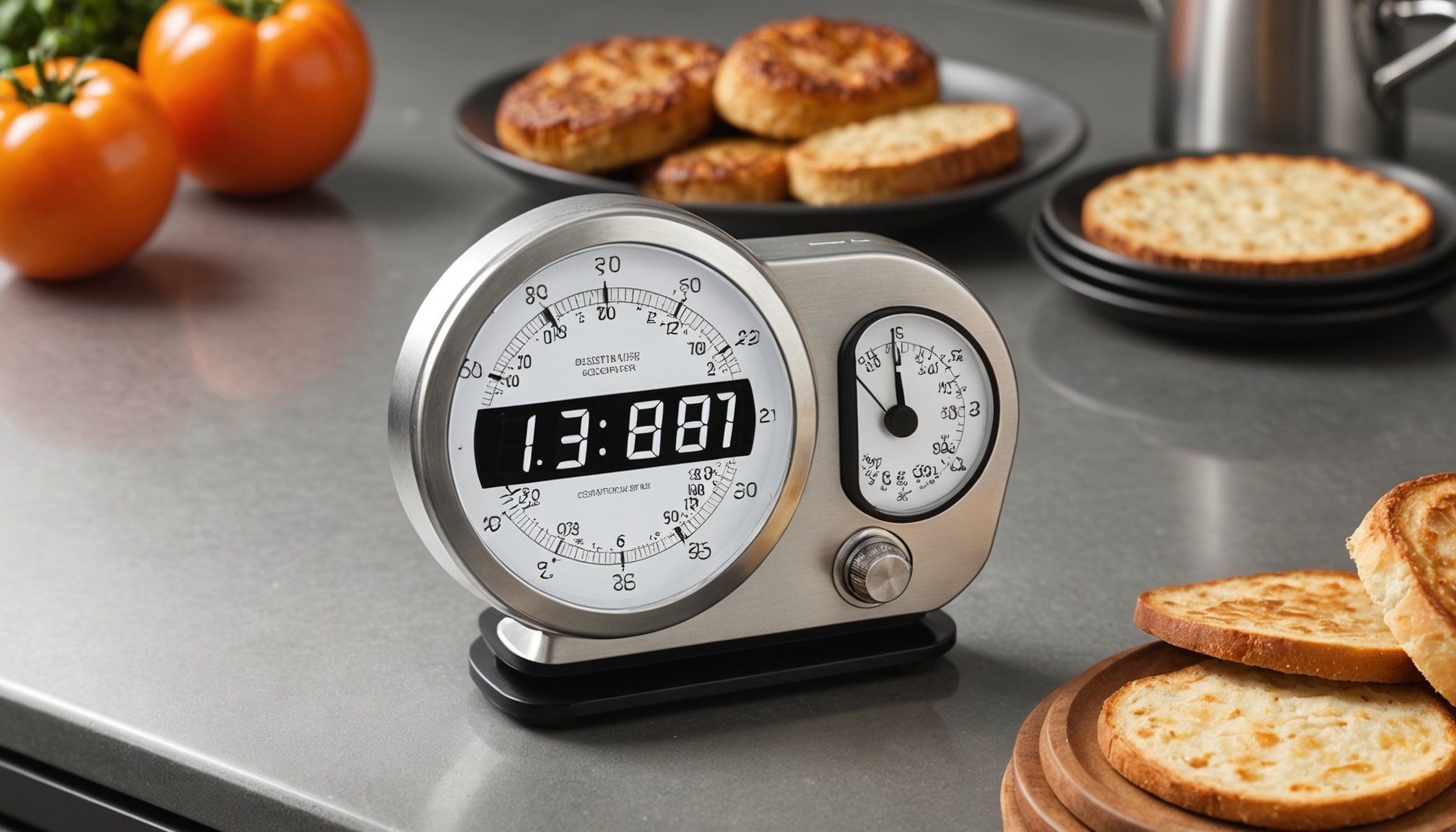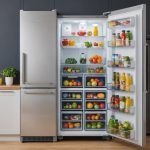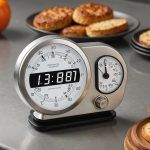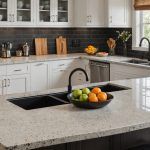Importance of Kitchen Timers for the Visually Impaired
Cooking is an integral part of daily life, and for many visually impaired individuals, having accessible kitchen gadgets can greatly enhance the experience. Kitchen timers play a crucial role in ensuring food is cooked perfectly, serving as a vital tool for anyone who enjoys cooking but encounters visual challenges.
For the visually impaired, kitchen gadgets that are easy to use, such as timers with tactile buttons or auditory cues, have a significant impact on their independence and confidence. Accessibility isn’t just about making gadgets usable; it’s about empowering users, providing them tools that help manage timing tasks effectively without constant supervision.
Also read : What features should you look for in a reliable kitchen scale for baking?
Inclusive design is key in this context. When kitchen timers are designed with accessibility in mind, they promote greater autonomy. Features like clear, audible alarms can make the difference between accessible and challenging cooking experiences. Additionally, inclusive design can cushion the transition for those adapting to new visual impairments, allowing them to maintain their lifestyle.
Overall, focusing on accessibility in kitchen gadgets means offering more than just functionality—it means giving the visually impaired the ability to engage in everyday tasks confidently and independently.
Also read : What is the importance of using a kitchen thermometer for baking and cooking meat?
Key Design Elements for Enhanced Accessibility
Designing kitchen timers with enhanced accessibility is crucial for fostering independence in cooking for the visually impaired. Essential design elements include tactile features, auditory signals, and contrasting visual cues.
Tactile Buttons and Controls
Tactile buttons are non-negotiable for usability, featuring improved texture and size for easy differentiation by touch. Integrating Braille or raised markings enables seamless navigation across functions. Feedback from users suggests tactile interfaces significantly improve experience over purely visual ones.
Auditory Signals
Auditory feedback is a linchpin for accessibility. Timers should feature adjustable volume settings with clear, distinct alarms or voice prompts to alert users effectively. Products like TimeTimer exhibit superior use of varied sound types for reliable operation.
Contrasting Colors and Visual Cues
While tactile and auditory elements are primary, using high-contrast colors aids those with partial sight. Selecting vivid shades that contrast well enhances visibility and usability. Studies underline that effective visual cues can boost confidence in managing cooking tasks.
Incorporating these design elements ensures kitchen timers meet the varied needs of visually impaired users, enabling their autonomy in everyday cooking activities.
Size and Portability
Compactness in kitchen timers is essential for ensuring that these devices are easy to handle and navigate, especially for visually impaired users. An optimal size balances portability with usability, reducing the risk of accidents or difficulty in operation. Compact timers fit comfortably in one’s hand, allowing users to position them conveniently within the kitchen space.
The design should consider the average size that is not too cumbersome yet includes all accessible features, such as tactile buttons and auditory signals. User preferences vary, but generally, a sleeker design aids in seamless multitasking. While oversized timers may offer larger tactile buttons, they can compromise portability and stowage.
User experiences often highlight the trade-off between functionality and portability. Some visually impaired users prefer timers with a slightly more prominent build because it facilitates better grip and operation, even if it sacrifices some compactness. A design incorporating a foldable stand or hook can extend usability across various kitchen setups, increasing the timer’s practicality.
Manufacturers can enhance user satisfaction by considering both comfort and function in their designs, listening to user experiences to ensure kitchen timers remain practical yet accessible for everyday tasks.
Guidelines for Designers and Manufacturers
Designing accessible kitchen timers for the visually impaired requires adherence to specific guidelines to ensure that products meet the needs of users effectively.
Standards for Inclusive Design
Designers must comply with accessibility standards to make kitchen timers more inclusive. It’s crucial to involve visually impaired individuals in the design process to gather insights directly from users. This involvement ensures that their feedback directly influences design choices. By adhering to established best practices, manufacturers can create products that truly cater to the blind community’s needs.
Prototyping and Testing
Iterative design processes are key to refining accessibility features. By implementing continuous prototyping and testing phases, designers can adjust product design based on real user experiences. Effective testing involves visually impaired users trying out features like tactile feedback and auditory signals, providing valuable insights. Some case examples show how user feedback led to design improvements, ensuring the product’s functionality and ease of use.
Future Trends in Accessible Design
Emerging technologies hold promise for enhancing kitchen timer accessibility. Advancements such as voice-activated controls and improved feedback mechanisms will likely become more prevalent. The evolution of inclusive kitchen tools will largely hinge on ongoing community feedback, ensuring that designs evolve to meet users’ changing needs.
